
It’s my birthday! Thanks so much for joining me in the celebration.
Is this a milestone of sorts? I’m not allowing the number and its associated labels to mess with my head. Today is another day full of wonder, delight, and possibility.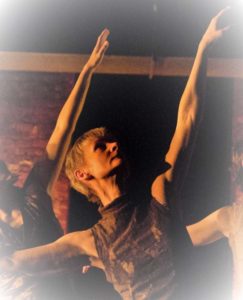
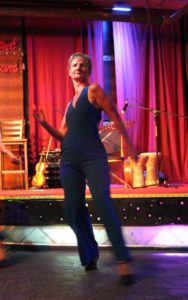 A day for reflection, to be grateful for a loving family, close friends, sound health, and the good fortune to be living in a time and place that affords women the freedom to work in artistic and intellectually stimulating fields. For me, that means law, fiction writing, and dance. Not necessary in that order and sometimes simultaneously!
A day for reflection, to be grateful for a loving family, close friends, sound health, and the good fortune to be living in a time and place that affords women the freedom to work in artistic and intellectually stimulating fields. For me, that means law, fiction writing, and dance. Not necessary in that order and sometimes simultaneously!
Today, I’ll write about writing. So far, 2019 is a banner year for short fiction, both solo works and collaborations with gifted writers and editors. If you’re more interested in novels, stick around until the end of this article for news about my next novel and a cover reveal!
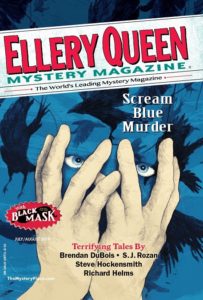 “Dzintra’s Tale,” now in the July/August issue of Ellery Queen Mystery Magazine, was inspired by experiences of my late father and late aunt during their exodus from Latvia in 1944 and subsequent years as displaced persons. Click here to read more on the blog Something Is Going To Happen, where I give some of my family’s history and the way it triggered my imagination in writing the fictional story “Dzintra’s Tale.” To readers who have been moved by the story enough to contact me directly, I thank you for sharing your personal stories of friends and family from the Baltics and WWII DPs.
“Dzintra’s Tale,” now in the July/August issue of Ellery Queen Mystery Magazine, was inspired by experiences of my late father and late aunt during their exodus from Latvia in 1944 and subsequent years as displaced persons. Click here to read more on the blog Something Is Going To Happen, where I give some of my family’s history and the way it triggered my imagination in writing the fictional story “Dzintra’s Tale.” To readers who have been moved by the story enough to contact me directly, I thank you for sharing your personal stories of friends and family from the Baltics and WWII DPs.
The July/August EQMM issue includes stories by these fine writers, with whom I’m proud to share the pages (click on any name to learn more): Vicki Weisfeld, Richard Helms, S.J. Rozan, Trey Dowell, Michael Bracken, Marilyn Todd, Aoife Clifford, Peter Turnbull, Chris Holm, Brendan DuBois, Twist Phelan, Steven Hockensmith, R.T. Raichev, Takemaru Abiko, Tara Laskowski, Tony Fisher, and James Hadley Griffin. Thank you to editor Janet Hutchings and associate editor Jackie Sherbow of EQMM.
 Released in June, the anthology The Best Laid Plans, 21 Stories of Mystery and Suspense, includes my story “Sucker Punch.” I’ve lightened up on this one—just have fun with it! In this diverse collection, each writer offers a unique twist on the theme suggested by the anthology title. Here are a few that really grabbed me: P.A. DaVoe’s “Gambling Against Fate” features a 14th century murder investigation with fascinating details about the legal system of the Ming dynasty, and Edith Maxwell’s characters in “The Stonecutter” are so well drawn I was fully immersed in their tale.
Released in June, the anthology The Best Laid Plans, 21 Stories of Mystery and Suspense, includes my story “Sucker Punch.” I’ve lightened up on this one—just have fun with it! In this diverse collection, each writer offers a unique twist on the theme suggested by the anthology title. Here are a few that really grabbed me: P.A. DaVoe’s “Gambling Against Fate” features a 14th century murder investigation with fascinating details about the legal system of the Ming dynasty, and Edith Maxwell’s characters in “The Stonecutter” are so well drawn I was fully immersed in their tale.
They’re all great. For no-spoiler summaries of all 21 stories, click here to check out Kevin Tipple’s review. And click on any name to learn more about the authors in this anthology: Tom Barlow, Susan Daly, Lisa de Nikolits, Peter DiChellis, Lesley A. Diehl, Mary Dutta, C.C. Guthrie, William Kamowski, Lisa Lieberman, Edward Lodi, Rosemary McCracken, LD Masterson, KM Rockwood, Peggy Rothschild, Johanna Beate Stumpf, Vicki Weisfeld, and Chris Wheatley. A big thank you to Superior Shores Press and editor Judy Penz Sheluk, who also contributed a story.
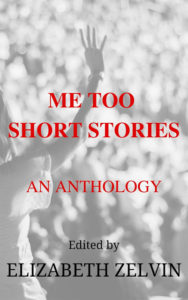 Coming in September from Level Best Books, the anthology Me Too Short Stories, Crimes Against Women, Tales of Retribution and Healing. In my story, “No Outlet,” a woman haunted by memories of a long-ago crime is spurred into action on behalf of a younger woman in trouble. Here is what editor Elizabeth Zelvin wrote in her announcement of the anthology:
Coming in September from Level Best Books, the anthology Me Too Short Stories, Crimes Against Women, Tales of Retribution and Healing. In my story, “No Outlet,” a woman haunted by memories of a long-ago crime is spurred into action on behalf of a younger woman in trouble. Here is what editor Elizabeth Zelvin wrote in her announcement of the anthology:
“What do women want? A voice. To be heard. Respect. To be believed. Justice. To be both safe and free. The women and children in these stories use the means at hand to protect themselves and those they love… These women are neither femmes fatales nor throwaway victims, nor are they the tough-talking, gunslinging superheroines at the shallow end of crime fiction. These stories, written by women, are about women and girls as strong, as vulnerable, and as varied as their counterparts in real life… In this anthology, you will hear their voices.”
In addition to yours truly, here are the voices you will hear (click on names to learn more): Lynn Hesse, Rona Bell, Ana Brazil, Ann Rawson, C.C. Guthrie, Carole Sojka, Dayle A. Dermatis, Diana Catt, Eve Fisher, Ginn Gannon, Julia Buckley, Julia Pomeroy, Madeline McEwen, and editor Elizabeth Zelvin.
Save the date! The launch party happens on the evening of Tuesday, September 24, 2019, at The Mysterious Bookshop, 58 Warren Street, New York City. Even if you can’t make this date, New Yorkers, be sure to visit The Mysterious Bookshop when you get a chance. It’s an amazing store! [Dancer friends, the store is only a few blocks from Gibney Dance!]
Now, here is a big thrill I got in May. My collection Your Pick: Selected Stories, won the Eric Hoffer Award for Best Short Story Collection, and was also a Finalist for the Montaigne Medal. Your Pick benefits from the input of my readers over the years. Your comments and reviews helped me select the most-loved stories from my previous collections.
Last but not least: A Cover Reveal!
Coming January 2020, Seven Shadows, the fifth Dana Hargrove novel.
Isn’t this cover riveting? Kudos to my cover artist, Roy Migabon.
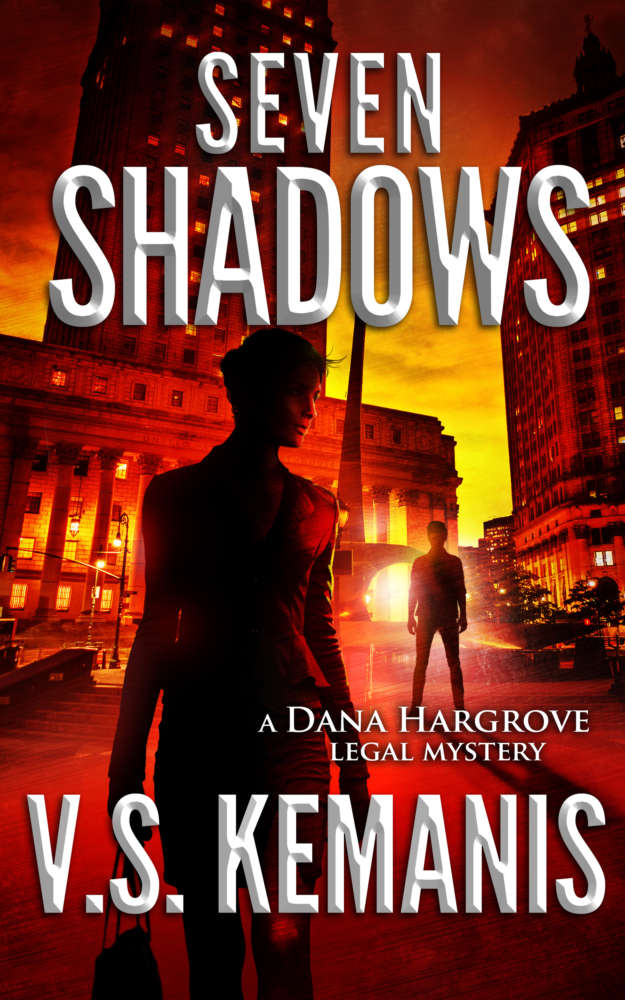
In Seven Shadows, former prosecutor Dana Hargrove, now a trial judge in Manhattan, is presiding over a high stakes media case when strange things start to happen. Is someone watching her? In the fifth standalone suspense novel of the series, Dana and her family scramble to find out who is lurking in the shadows—before it’s too late.
If you are a blogger or reviewer, please contact me to request an advance reader copy. ARCs will be available in October! Woohoo!
Now, back to “work.” Even on my birthday. “Imagination is my refuge, conception and creation my delights.”
Thanks for reading.
[Attaching here #64Selfie. Didn’t get around to taking the #65Selfie yet.]

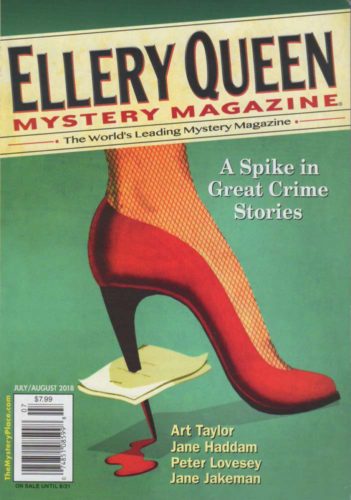
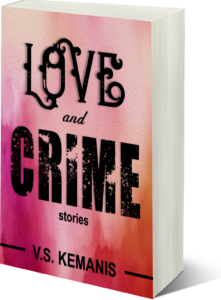 For more stories, check out my collection
For more stories, check out my collection 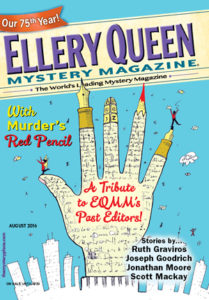 I was first introduced to Bill McCormick’s fiction when we shared the pages of
I was first introduced to Bill McCormick’s fiction when we shared the pages of 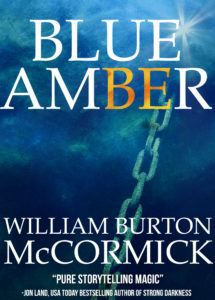 McCormick’s short story “
McCormick’s short story “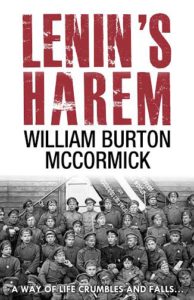 As the novel progresses, Wiktor finds more distance from his aristocratic roots, loses his prejudices as he forms personal relationships with Latvians in his regiment, and falls in love with a Latvian woman, Kaiva, who believes in communism. The novel contains impressive insights into relationships that are fraught with conflicting societal and political tensions. One of my favorite scenes is the dinner party where Wiktor introduces his fiancée Kaiva to the family. All is going reasonably well, the family almost accepts her, when a family member mentions that he has petitioned the League of Nations for the return of the family’s land, “illegally seized” by the Latvian government. Idealistic Kaiva innocently professes puzzlement: “Your life seems more than comfortable. Why do you need more?” She observes that their land, which once supported a single family, now supports several Latvian families: “It’s simply a better use of the land.” Who could argue with that? Well, the insult is ultimately tempered somewhat when Kaiva is asked to consider how she felt when she was thrown from her home and became a refugee, causing her to admit that the loss of home is traumatic, no matter what the reason.
As the novel progresses, Wiktor finds more distance from his aristocratic roots, loses his prejudices as he forms personal relationships with Latvians in his regiment, and falls in love with a Latvian woman, Kaiva, who believes in communism. The novel contains impressive insights into relationships that are fraught with conflicting societal and political tensions. One of my favorite scenes is the dinner party where Wiktor introduces his fiancée Kaiva to the family. All is going reasonably well, the family almost accepts her, when a family member mentions that he has petitioned the League of Nations for the return of the family’s land, “illegally seized” by the Latvian government. Idealistic Kaiva innocently professes puzzlement: “Your life seems more than comfortable. Why do you need more?” She observes that their land, which once supported a single family, now supports several Latvian families: “It’s simply a better use of the land.” Who could argue with that? Well, the insult is ultimately tempered somewhat when Kaiva is asked to consider how she felt when she was thrown from her home and became a refugee, causing her to admit that the loss of home is traumatic, no matter what the reason.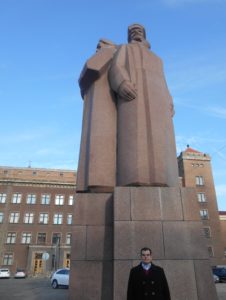

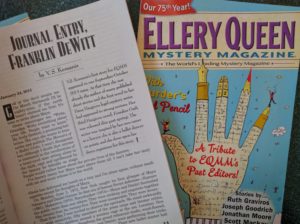
 In 2017, I look forward to completing another short fiction collection and the fourth Dana Hargrove novel!
In 2017, I look forward to completing another short fiction collection and the fourth Dana Hargrove novel!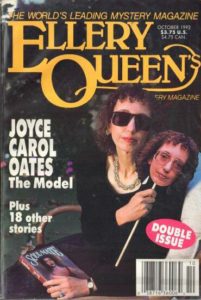
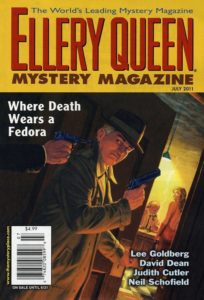 ormer managing editor of EQMM), and award-winning authors
ormer managing editor of EQMM), and award-winning authors  nt their new magazine, there could not have been any question that its outlook would be global. Both men had cosmopolitan tastes and a knowledge of world literature. It has become part of EQMM lore that Dannay, who soon took over the editing of the magazine, aimed to prove, in its pages, that every great writer in history had written at least one story that could be considered a mystery.”
nt their new magazine, there could not have been any question that its outlook would be global. Both men had cosmopolitan tastes and a knowledge of world literature. It has become part of EQMM lore that Dannay, who soon took over the editing of the magazine, aimed to prove, in its pages, that every great writer in history had written at least one story that could be considered a mystery.”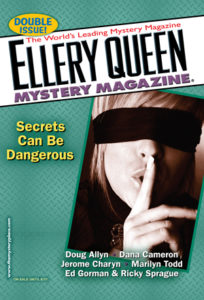 and its e-book anthology,
and its e-book anthology,